[FIX] Applications Freeze When External Hard Drive is Connected
Applications may completely freeze, including File Explorer, Task Manager, and even the taskbar, right after you connect an external hard drive. This usually happens because your computer is waiting for a response from the drive, but doesn’t get one because of hardware problems.
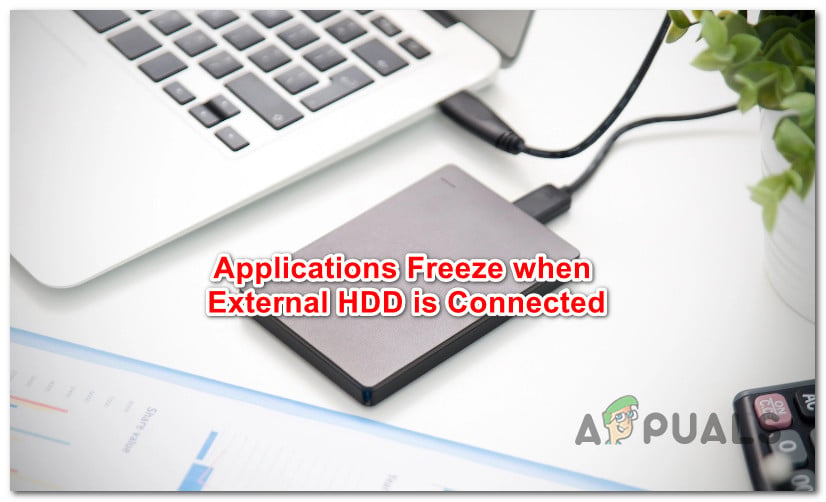
The most common reason is physical wear and tear on the drive, like bad sectors or failing parts inside the hard drive. Other possible causes include broken USB cables, unstable power supply, or problems with the drive’s controller inside its case.
Here are a few reliable fixes you can try to solve this problem:
1. Update or Install the IRST Driver
If you are using an outdated Intel Rapid Storage Technology (IRST) driver, you might experience freezing every time an external drive wakes up from a ‘soft hang.’ This is a well-known issue that affects all IRST driver versions from 15 to 18. Intel has resolved this in version 19 and later.
To fix this, update your IRST (Intel Rapid Storage Technology) driver from Intel’s official website.
Note: You can use this method even if your system currently uses a generic storage driver. Installing the latest IRST driver will replace the generic one with Intel’s version.
- Open your preferred web browser and visit the official download page for the Intel® Rapid Storage Technology driver. ONLY use this link if you are running Windows 11.
Note: If you use an older version of Windows, download the legacy IRST driver here instead. - On the official page, select the latest driver version from the drop-down menu, then click Download.
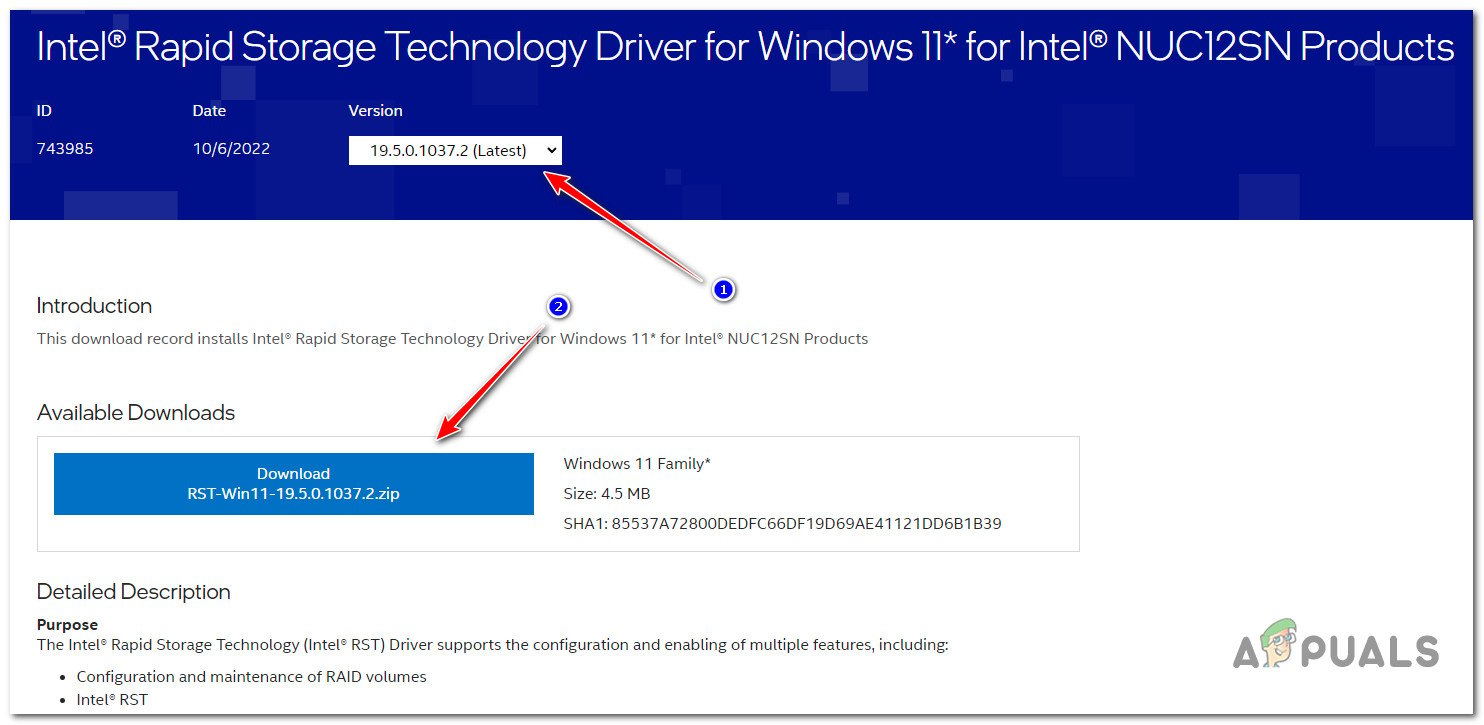
Downloads the driver locally - Agree to the license terms by clicking I accept the terms in the license agreement, then wait for the download to finish.
- When the driver is downloaded, extract the files using the built-in Windows extraction tool or a program like WinRAR or WinZip.
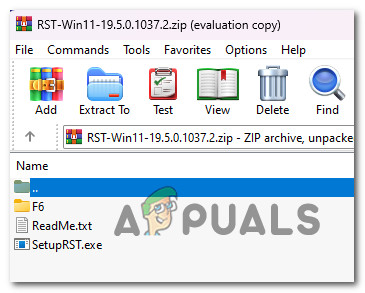
Extract the RST archive locally - After extracting the files, double-click SetupRST.exe and click Yes when asked for permission by User Account Control (UAC).
- Follow the instructions to install or update the IRST driver, then restart your PC.
- Once your computer restarts, connect your external HDD and check if the freezing problem is resolved.
2. Remove Malfunctioning USB Port Drivers
It is not unusual for Windows to freeze when a USB device is plugged in. This often happens if the USB drive or the USB port driver is corrupted. Problems like this can occur after improperly removing a USB drive or due to a bad port driver.
Important: This method is only for drives plugged in via USB. If your external drive is connected with a SATA cable, skip ahead to the next section.
Unless there is a hardware problem, you can usually fix USB driver corruption by reinstalling the driver.
Before updating the drivers, you need to check if there are any malfunctioning USB drives still active, but hidden, on your Windows device.
Note: These malfunctioning USB drives might not show up in Device Manager by default. To view them, you need to adjust some Environment Variables.
- Unplug the external drive from your PC.
- Press Windows key + R to open the Run dialog box.
- Type ‘sysdm.cpl’ in the box and press Ctrl + Shift + Enter to open the System Properties window.
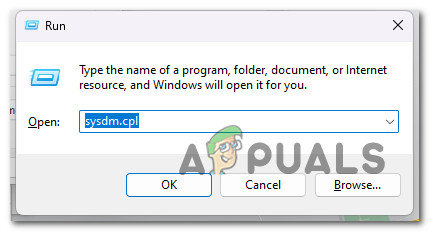
Open up the System Properties menu - Click Yes when prompted by User Account Control (UAC) for administrator access.
- Go to the Advanced tab and click Environment Variables… at the bottom right.
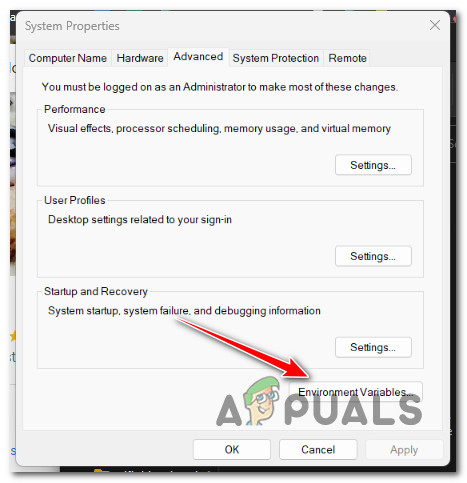
Access the Environment Variables screen - Under User Variables for “Your Username”, click New.
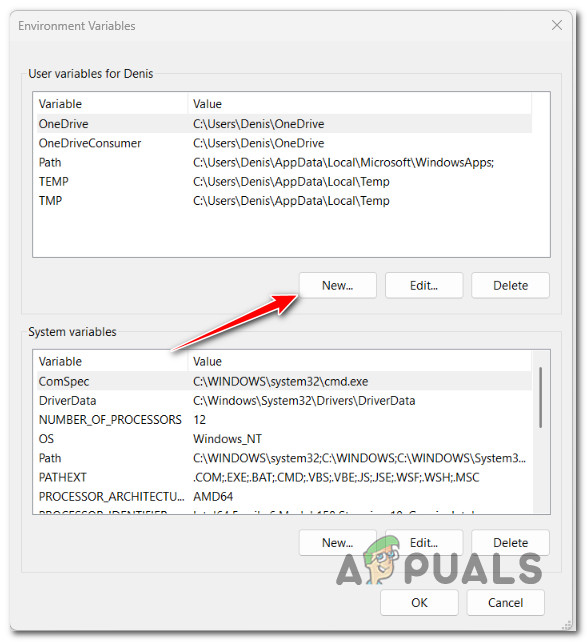
Creating a new variable - Name the variable Devmgr_show_details and set its value to 1.

Configuring the new variable to make the malfunctioning USB ports drivers visible inside Device Manager - Click OK to save, then close the Environment Variables and System Properties windows.
- Press Windows key + R again. Type ‘devmgmt.msc’ and press Ctrl + Shift + Enter to open Device Manager with admin rights.
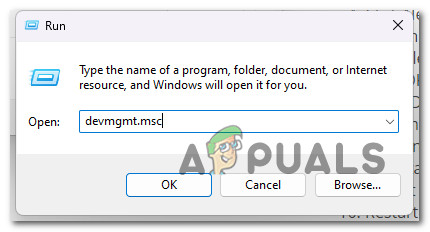
Opening Device Manager with admin access Note: Approve the User Account Control (UAC) prompt if it appears.
- In Device Manager, click View at the top, then choose Show hidden devices.
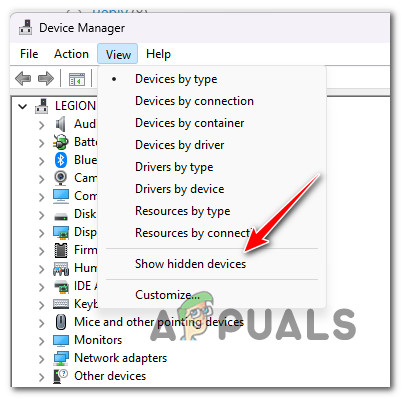
Showing the hidden devices - Find and uninstall the faulty USB drive (look for a faded or semi-transparent icon). Right-click it and choose Uninstall from the menu.
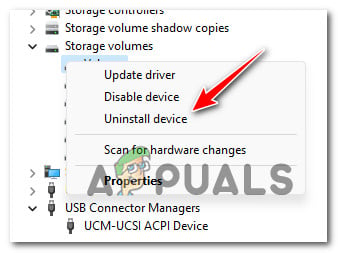
Uninstall the problematic USB drive Note: Be careful to only uninstall the problematic USB driver.
- Close Device Manager, restart your PC, and wait for Windows to start up.
- Plug your external drive back in and see if it works properly now.
Note: Windows will automatically reinstall a fresh USB driver once you plug it back in.
3. Update the USB Controller Drivers
If you have already checked and removed any corrupted USB drivers, the next thing you should do is test for possible problems with the USB ports themselves.
Start by plugging your external hard drive into a different USB port to see if the freezing still happens.
Note: Don’t use a USB hub for testing. All devices on a hub share the same drivers, which might still be causing the issue.
If the problem happens on every port, try uninstalling all USB controller drivers. Windows will automatically reinstall working drivers the next time your computer restarts.
- Unplug the external hard drive from your PC.
- Press Windows key + R to open the Run box.
- Type “devmgmt.msc” and press Ctrl + Shift + Enter to open Device Manager with administrator access.

Opening Device Manager with admin access Note: If prompted by User Account Control (UAC), select Yes to continue.
- In Device Manager, expand Universal Serial Bus controllers.
- You’ll see a list of USB controller drivers. Right-click each Mass Storage Controller driver and choose Uninstall. Do this for all entries related to Mass Storage Controllers.
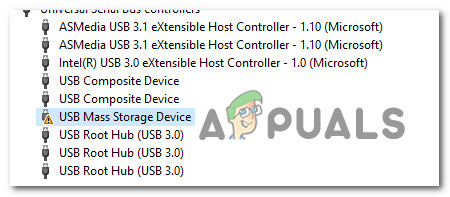
Uninstall USB storage device - Restart your computer after finishing these steps.
- When Windows restarts, it will detect that the USB 2.0 and USB 3.0 drivers are missing and automatically install new ones that should not be affected by the previous issue.
- Now plug your external HDD back in and see if the problem is fixed.




